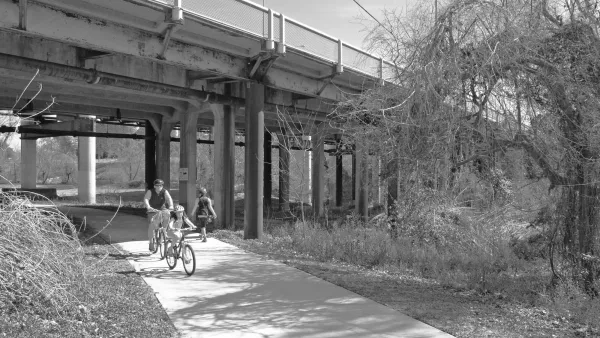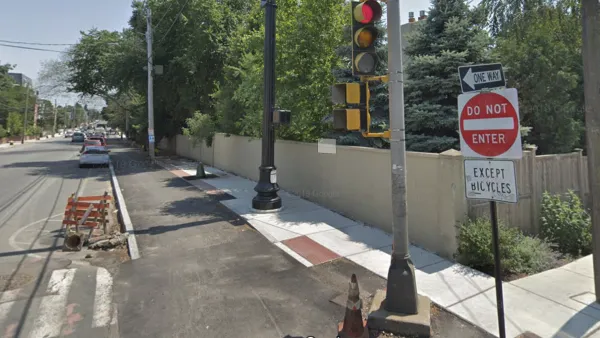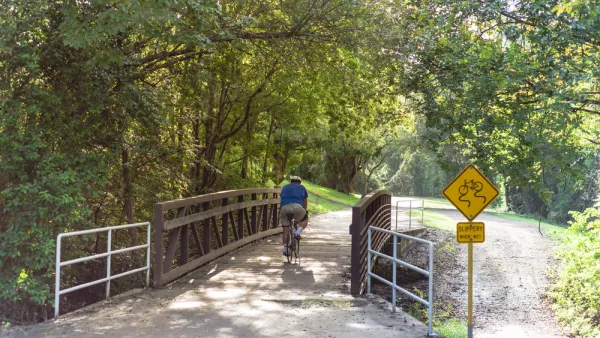A bike plan isn't meant for the peloton. Here's how you can tell.

Chris and Melissa Bruntlett share their take on "a seldom-discussed measure of a city’s bike-friendliness: the speed at which its cyclists travel." Their opinion on the subject is stated thusly: "the slower the people on bikes were moving, the more mature the bicycle culture, and the better the conditions for cycling."
The difference is played out in the difference between what people consider "cyclists" and the rest of us. "Cycling" is considered a sport—one that requires lycra at the lowest levels and performance enhancing drugs at the highest levels. The Bruntletts, however, are more concerned with the rest of us, and they noticed four signifiers that exhibit a mature city for biking: the kinds of people biking, the types of bikes they are riding, the kinds of trips people on bikes are taking, and the kinds of bike infrastructure available in the city. The Bruntletts describe how the first of those four points works:
Upon arrival in a new city, a cursory glance at the types of people choosing to cycle there will tell you a great deal about its bike-friendliness. The places with the widest variety of ages and abilities can be considered – without exception – the most successful, with a greater number of women, children, and seniors on bikes a surefire sign you’re doing something right. That diversity brings with it a slower-paced, more relaxed environment, that is far more welcoming to the “interested but concerned” crowd.
On the last point, according to the Bruntletts, certain types of bike infrastructure are built to ensure that people on bikes feel willing and able to slow down and enjoy the ride. The final twist of this argument: that the first three of those points don't become a reality until the last one does.
FULL STORY: In praise of slow cycling

National Parks Layoffs Will Cause Communities to Lose Billions
Thousands of essential park workers were laid off this week, just before the busy spring break season.

Retro-silient?: America’s First “Eco-burb,” The Woodlands Turns 50
A master-planned community north of Houston offers lessons on green infrastructure and resilient design, but falls short of its founder’s lofty affordability and walkability goals.

Delivering for America Plan Will Downgrade Mail Service in at Least 49.5 Percent of Zip Codes
Republican and Democrat lawmakers criticize the plan for its disproportionate negative impact on rural communities.

Test News Post 1
This is a summary

Test News Headline 46
Test for the image on the front page.

Balancing Bombs and Butterflies: How the National Guard Protects a Rare Species
The National Guard at Fort Indiantown Gap uses GIS technology and land management strategies to balance military training with conservation efforts, ensuring the survival of the rare eastern regal fritillary butterfly.
Urban Design for Planners 1: Software Tools
This six-course series explores essential urban design concepts using open source software and equips planners with the tools they need to participate fully in the urban design process.
Planning for Universal Design
Learn the tools for implementing Universal Design in planning regulations.
EMC Planning Group, Inc.
Planetizen
Planetizen
Mpact (formerly Rail~Volution)
Great Falls Development Authority, Inc.
HUDs Office of Policy Development and Research
NYU Wagner Graduate School of Public Service





























